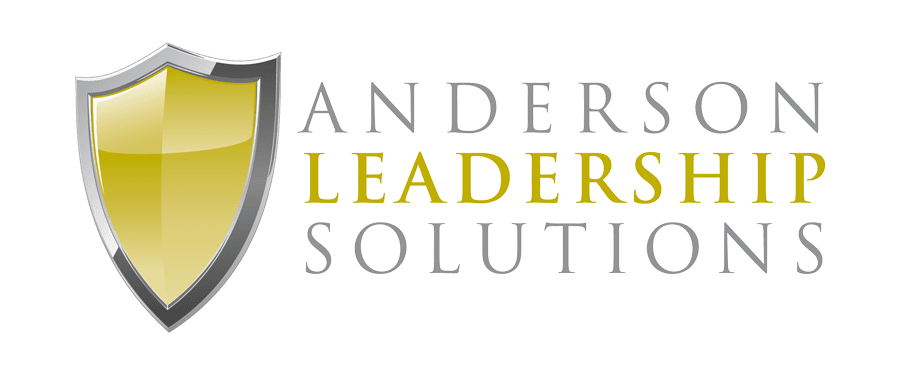Becoming An Uncommon Leader
Early in my leadership career in Corporate America, I followed the pack. I did what others did. I remember watching my sales manager lead a certain way, and I emulated what he had done. Unfortunately by following what was commonly done, my teams consistently had very common results.
Like many people, being common was never one of my goals growing up. I came to the realization that I needed to change. If I wanted to be an uncommon leader, I needed to do things that the pack was not doing.
I began proactively undoing my leadership style. I began to implement changes inside my team and inside myself that were not normal. Some of them worked great and some did not. But I had made a commitment to be an uncommon leader. The status quo was no longer an option for me. I had to unlearn my old tricks and learn new ones.
Undo Self
The first issue to deal with was me. I had to get out of the way. I had to release my hold on the details and let my people do their jobs. Because I had such a tight grip on their jobs, it was difficult for me to focus on mine.
Looking back, I see that I was letting my fear and pride control me. In other words I was a coward and a selfish SOB. Let’s face it, if fear and pride prevent us from doing anything in life, what else should we be called?
I was a coward because I was afraid to let people make mistakes, and I was scared of the consequences of those mistakes. Therefore, I set up rules and processes that forced decisions to funnel through me.
I was a selfish SOB because I was more worried about how I looked to others than I was developing the decision making of the people I was responsible for leading. Therefore, I made decisions others should have been making. Or I made them get my stamp of approval first.
Through trial and error, I learned what I needed to release and what I needed to hold onto. Over time, I realized my father, General Jim Anderson, was right, “The true mark of a leader is what happens when he is not around.”
I learned there were very few day-to-day, tactical decisions I needed to be involved in. Mistakes would happen and people would fix them. They learned and my job became more focused on the big picture, strategic issues I was getting paid to handle.
Undo Hiring
I started out hiring like everyone else. I looked at a strong resume and asked questions focused on the results the candidate achieved in the past.
By doing this, I made some great hires and I made some lousy hires. When I decided to undo my hiring practices, I looked at why most of my lousy hires had failed. The answer: CHARACTER.
They all failed because of character issues, and yet I focused on capabilities in the interview process. It was dumb for me to continue on like everyone else and focus primarily on skills when the failures were character related.
Over time, I learned how to recruit, interview and test character in the hiring process. I recommend Garrett Miller’s Hire on A WHIM. It is a great template for hiring people based on Work ethic, Humility, Integrity, and Maturity.
Undo Culture
All my teams had unique cultures. I was responsible for the culture on each team. The problem was my early teams developed some traits that I would not want if I were leading that team now.
There were two reasons for this. First, as the leader, I did not live the values I claimed to be important. Second, I did little to develop and protect the culture I believed we should have.
My teams had values that I hung on the wall in all our meetings. I even talked about them periodically. But, then I would violate those values if I felt violating them was more practical. My failure to live up those values did more to influence our team culture than any other factor.
I also failed to adequately define and communicate what good looked like and then hold people accountable to behaving in line with our values. I was letting the ship steer itself instead of grabbing control of one of the most important aspects of successful teams – culture.
I have since developed a process for steering a team’s culture. It gives leaders a simple and practical system for controlling team culture. The steps are:
- Defining Our Values
- Communicating Our Values
- Hiring For Values
- Reinforcing Values
- Firing For Values
The focus on values is uncommon on most teams. Most leaders see values as something that is soft and nice to discuss if they have time. I had that in common with them.
That’s was a big reason I was achieving common results early on. It’s also a big reason my team had uncommon results later.
Undo Coaching
We had a system of coaching in my previous company. In fact, we had many systems of coaching. Every few years, the company would change or add to our coaching model until it became so complicated that few leaders, including me actually implemented the models we were trained on.
The models were each helpful alone, but added together, they became a bureaucratic nightmare. The goal became filling out forms versus growing people.
When I realized I was shirking my responsibility to grow others because I was focused on doing what was common, I vowed that I would do the uncommon.
I on-boarded people differently. I interacted more frequently with my people but for shorter periods. I gave people one goal to focus on instead of a laundry list.
All of these strategies were uncommon from the way others coached. That is why I did them.
The Bottom Line:
When I began to do these things the changes weren’t immediate. Mainly because the undoing of my leadership style happened over time. I fell back into old habits at times and my team suffered for it.
But when I adhered to all of these principles and continuously looked to do the common things in uncommon ways, I often found a better way.
This is my list or things I did that were uncommon. You may find other things that work for you. I believe all leaders need to Undo Self, Undo Hiring, Undo Culture and Undo Coaching. How a leader does it may be different from how I did.
If everyone did what I did, that would be common! That is the challenge for all of us as leaders. If we want to be an uncommon leader, we must do things that are uncommon!
Question:
What uncommon thing can you do to break from the pack?


Dave,
Appreciate your emphasis on undoing self. Tough to do in a very ego-centric environment. Also appreciate your quote – well done is better than well said. Clients tend to want to see results not hear about what results might be. Consultants are often challenged with clients not knowing the results they want so much discussion occurs. In the end, demonstrated results speak the loudest. I’ll leave you with a variation of your quote taken from Disney — well begun is half done.
v/r
Troy
I like the Disney quote! That is a blog in an of itself.